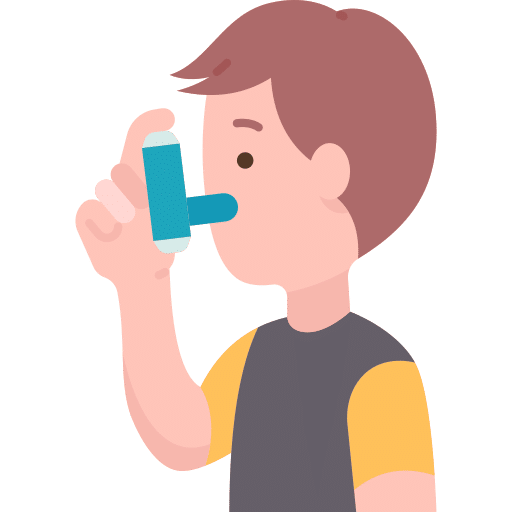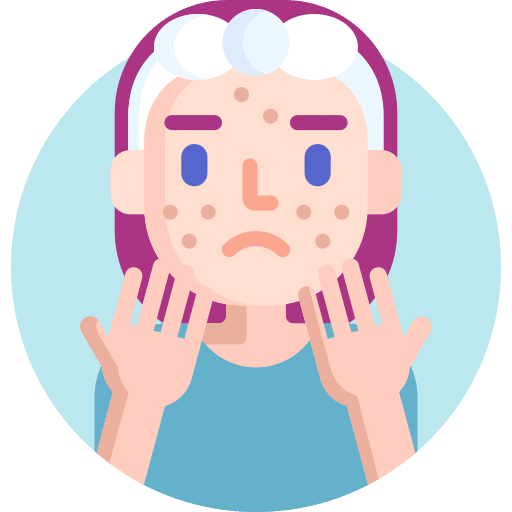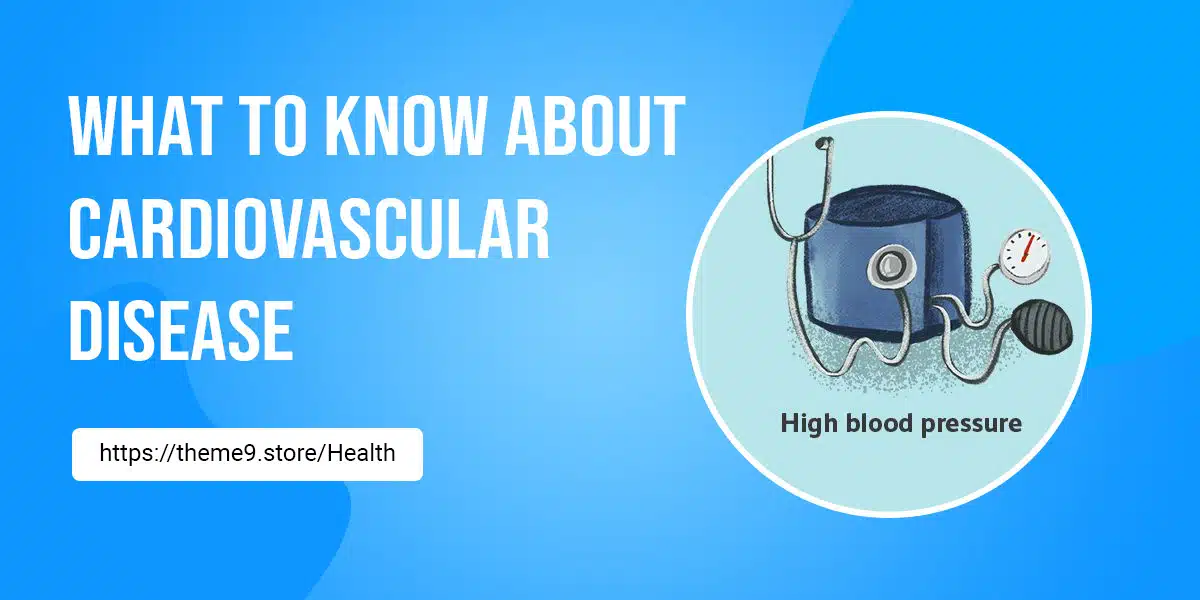Rosacea is a chronic inflammatory skin condition that primarily affects the face, causing persistent redness, flushing, visible blood vessels, and sometimes acne-like bumps and eye irritation. Although rosacea is not life-threatening, it can significantly impact individuals’ quality of life, leading to discomfort, embarrassment, and psychological distress. Understanding the symptoms, triggers, and management strategies for rosacea is essential for effective symptom control and improved well-being.
Symptoms of Rosacea:
Rosacea presents with a variety of symptoms that can vary in severity and may come and go over time. Common symptoms include:
- Facial Redness: Persistent redness, often in the central part of the face, is a hallmark symptom of rosacea. The redness may appear as a flushed or blotchy appearance and can worsen with triggers such as heat, sunlight, or certain foods and beverages.
- Flushing: Flushing episodes, characterized by sudden and temporary redness or warmth in the face, are common in rosacea. Flushing can occur spontaneously or in response to triggers such as stress, hot weather, spicy foods, alcohol, or caffeine.
- Visible Blood Vessels: In some cases, small blood vessels (telangiectasia) may become visible on the cheeks, nose, chin, or other areas of the face, contributing to the appearance of redness and flushing.
- Bumps and Pimples: Rosacea may also present with small, red, pus-filled bumps or pimples (papules and pustules) resembling acne. These bumps may be tender or itchy and can worsen during flare-ups.
- Eye Irritation: Ocular rosacea is a subtype of rosacea that affects the eyes, causing symptoms such as dryness, irritation, redness, burning, and sensitivity to light. Ocular rosacea can lead to complications such as corneal damage if left untreated.
Triggers of Rosacea:
Identifying and avoiding triggers is an essential aspect of managing rosacea symptoms and preventing flare-ups. Common triggers include:
- Sun Exposure: Exposure to sunlight and ultraviolet (UV) radiation is a common trigger for rosacea flare-ups. Sun protection, including wearing sunscreen, protective clothing, and seeking shade, can help minimize sun-related symptoms.
- Heat: Hot weather, hot baths, saunas, and steam rooms can trigger flushing and exacerbate rosacea symptoms. Keeping cool and avoiding overheating can help reduce the risk of flare-ups.
- Spicy Foods and Hot Beverages: Spicy foods, hot beverages, and alcohol can cause flushing and exacerbate rosacea symptoms in some individuals. Avoiding these triggers or moderating consumption may help minimize symptoms.
- Stress: Emotional stress and anxiety can trigger flushing and exacerbate rosacea symptoms in susceptible individuals. Stress management techniques such as relaxation exercises, meditation, and mindfulness can help reduce stress-related flare-ups.
- Skincare Products and Cosmetics: Harsh skincare products, abrasive exfoliants, and certain cosmetics containing alcohol or fragrances can irritate the skin and exacerbate rosacea symptoms. Using gentle, non-comedogenic skincare products and cosmetics formulated for sensitive skin can help minimize irritation.
Management Strategies for Rosacea:
While rosacea cannot be cured, various management strategies can help control symptoms and improve quality of life for individuals with the condition. Treatment options may include:
- Topical Medications: Topical medications such as metronidazole, azelaic acid, and brimonidine gel can help reduce redness, inflammation, and acne-like bumps associated with rosacea.
- Oral Medications: Oral antibiotics such as doxycycline, minocycline, or isotretinoin may be prescribed for moderate to severe cases of rosacea to reduce inflammation and control symptoms.
- Laser and Light Therapy: Laser and light-based therapies, such as intense pulsed light (IPL) therapy and vascular lasers, can target visible blood vessels and reduce redness associated with rosacea.
- Ocular Treatments: For individuals with ocular rosacea, eye drops, ointments, or oral medications may be prescribed to alleviate symptoms such as dryness, irritation, and inflammation.
- Lifestyle Modifications: Adopting healthy lifestyle habits such as avoiding triggers, practicing sun protection, maintaining a gentle skincare routine, and managing stress can help minimize rosacea flare-ups and improve symptom control.
Conclusion:
Rosacea is a chronic skin condition characterized by facial redness, flushing, visible blood vessels, and acne-like bumps. Understanding the symptoms, triggers, and management strategies for rosacea is essential for effectively controlling symptoms and improving quality of life for individuals with the condition. By identifying triggers, adopting healthy lifestyle habits, and working with healthcare providers to develop personalized treatment plans, individuals with rosacea can minimize flare-ups and achieve long-term symptom relief.








